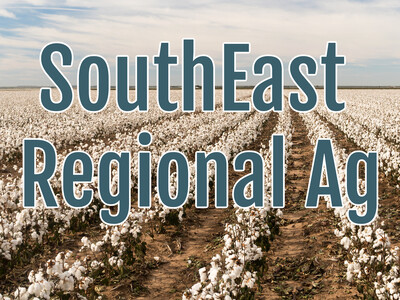Incentivizing Regenerative Practices

Tim Hammerich
News Reporter
Consumers are becoming more conscious of where and how their food is sourced, and that is shifting decisions all the way up the food chain. Fractal, a farmland investment company, for example, is providing discounts to farms with a proven commitment to sustainability.
Gordon… “Most of the United States is in a pretty climate-advantaged place relative to the rest of the world, but not all of it. And so, you know, there are parts of the country where climate change is not going to be favorable according to most of the models. We're going to discount that versus something that's in Iowa, the Eastern Dakotas, Southern Minnesota, you know, Corn Belt, even parts of, uh, parts of the Delta that are managed in a very intentional way, kind of coming back to that agronomic performance that will build soil health in the long run. And so that's why we're incentivizing these regenerative practices. It's not out of the goodness of our own hearts. It's because we think it's a better long cash-flowing resiliency bet that we'll pay over time.”
That’s founder and CEO, Ben Gordon, who incentivizes farmers with a current discount rate is .2% per practice up to six practices, which can include cover crops, no-till, in-season nitrogen, and edge-field habitats, to name a few.
Gordon… “So we want agronomics to be first, so we try to keep that flexibility for farmer choice and agronomic choice to be in the program while still driving incentives to maybe tip the scale for somebody who's looking to expand or start the practices.”
Gordon believes this will be a mutually-beneficial long-term investment that secures the health of the soil and resources.












